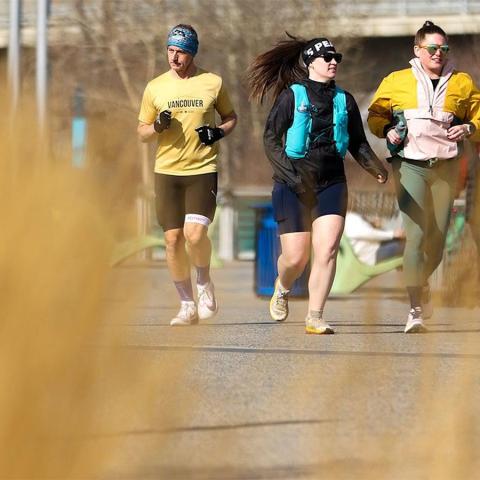SANTA BARBARA, Calif. — Fifty-six years ago, a major disaster off Santa Barbara’s coast led to the birth of Earth Day. This movement aims to educate young people about environmental issues, just as it did back in 1991.
In 1991, kids gathered at De La Guerra Plaza in Santa Barbara to celebrate Earth Day. The hot topics then were deforestation, ozone layer concerns, and recycling.
One girl shared a heartfelt worry about the forests in Brazil, saying, “If they keep cutting the forests in Brazil, in 60 years they will be gone.” At that time, over 4,200 square miles of the Brazilian Amazon had recently been cleared. Fast forward to 2023, and deforestation has decreased by 23%, with only 3,475 square miles cut down—the lowest since 2018, according to Mongabay.
The 1991 celebration focused on children, emphasizing their power to make a difference. One participant noted, “They get so much input about what’s wrong with the world. We wanted them to know they are powerful if they choose to recycle or write letters.”
Today, youth activism is unstoppable. Young people lead worldwide movements via social media, tackling climate change, plastic pollution, and advocating for environmental justice.
In 1990, the Clean Air Act Amendments were a significant push in U.S. environmental policy, targeting urban smog and toxic air pollutants. Currently, the Environmental Protection Agency (EPA) has ambitious plans to improve climate resilience, like enabling 67% of new vehicles to be electric by 2032.
This progress faced setbacks during the Trump administration, which rolled back many environmental rules, including exemptions for coal-fired power plants regarding mercury and air toxins.
The Santa Barbara community has a rich Earth Day history, starting with the infamous oil spill back on January 28, 1969. That spill, releasing over 3 million gallons of crude oil, was one of the largest in U.S. history and among the first environmental disasters shown on television. It left a lasting impact.
Senator Gaylord Nelson, the founder of Earth Day, famously said, “The Santa Barbara oil spill brought home, vividly, the lesson that man can no longer irresponsibly exploit the environment without facing consequences.” After witnessing this disaster, he created Earth Day in April 1970.
In light of environmental worries stemming from the spill, President Richard Nixon established the EPA in 1970, marking a turning point in U.S. environmental policy.
Today, Santa Barbara remains at the forefront of environmental initiatives. The city has banned single-use plastics to protect ocean life and requires new buildings to use electric systems for heating and cooking, aiming for carbon neutrality by 2035.
This year, Santa Barbara will celebrate the 55th Earth Day at Alameda Park on April 26-27.
The footage from the 1991 Earth Day celebration is archived at UCSB Library Special Research Collections and can be accessed through the KEYT News Video Archive. Digital copies are available upon request.




















